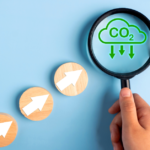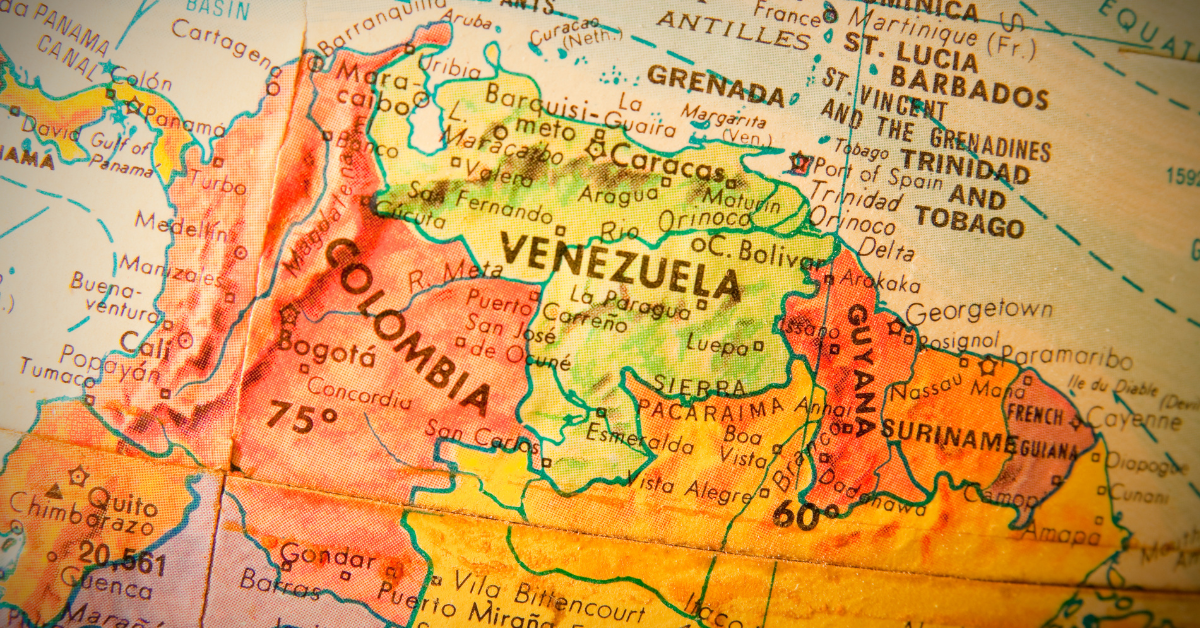I offer the following clarifications to apparent misunderstandings by President Mohamed Irfaan Ali in his encounter with BBC ‘Hard Talk’ journalist Stephen Sackur (KN, ‘Bring it in – President Ali’s seminal defence of Guyana’s road map’, 01 April 2024) and by General Secretary Bharrat Jagdeo in his weekly Press encounters (DPI, ‘Guyana will remain a carbon sink even at maximized oil production – GS Jagdeo’, 29 March 2024). Doubts about these PPP claims have been expressed many times before, most recently by Peeping Tom in KN, ‘Is Guyana’s forest carbon what the government says it is?’, 01 April 2024.
Starting with the stored forest carbon: our natural tropical rainforest covers an area estimated as about 18.5 million hectares (Mha) in 1990 and 17.8 Mha in 2022; source = Guyana Forestry Commission (GFC) ‘MRVS Interim Measures Report for Year 12 = 2022, table 7-1. MRVS is the acronym for ‘Monitoring, Reporting and Verification System’. Subtraction between these two areas would suggest that we have lost nearly 0.2 Mha in just over 30 years, mainly from uncontrolled mining. But that would not be correct because consultants Indufor with the GFC have re-estimated the baseline area of standing forest as higher-resolution satellite imagery and better trained GFC staff have enabled fresh looks at older imagery. The baseline was re-set in 2012, 2018 and 2022.
Also, the estimate of natural rainforest area has been revised by the GFC to eliminate the areas of forest which are cleared, farmed and regenerated in the ecologically-appropriate traditional rotational agriculture of the Amerindian communities. It was agreed in 2009, in the early stages of the first version of the Low Carbon Development Strategy (LCDS), that Amerindian forest clearing for farming would not be considered as a component of national deforestation, so this adjustment brings the MRVS and LCDS into alignment.
If we add up the successive areas of deforestation in the same MRVS table 7-1, the total over 32 years is 161,460 ha instead of the 198,780 ha by simple subtraction. Deforestation varies from a high of 14,650 to a low of 6,470 ha per annum. The high figure is usually associated with a high gold price, the low figure has been associated with low gold price and mine closures because of the COVID-19 pandemic. Average annual deforestation over the 32 years has been 5,046 ha. Winrock International with the GFC estimated in 2018 an average of 1,213 tonnes of stored (sequestrated) carbon dioxide (CO2) per hectare; see page 121 in LCDS 2030. The average annual loss of CO2 from deforestation in Guyana is 5046×1213= 6.12 million tonnes.
There are other losses of forest carbon from forest degradation which are also estimated and explained in the annual GFC/MRVS reports, but we can ignore them for the purpose of this letter.
How does the annual loss of forest carbon compare with the amount left in the standing natural tropical rainforest? The LCDS 2030 uses the MRVS 2020 year 10 estimate of 18,001,790 hectares of remaining natural forest and 1213 tCO2/ha of sequestered carbon to give a national total of 21.8 Gigatonnes. Even if we take 10 years of average deforestation (61.2 million tCO2), this a tiny fraction of the carbon stored in the standing forest. We should note that the expert reviewers of the UN Framework Convention on Climate Change (UNFCCC) were doubtful about the carbon density per hectare of forest claimed by Guyana (much higher than previous estimates by Hans terSteege in 2000 and Denis Alder & Marijke van Kuijk in 2009 for the GFC). Winrock/GFC replied that Guyana’s trees had higher density than the tropical average.
How do these figures fit into the frequent claims by Guyanese leaders that Guyana is providing an enormous ecological benefit to the world from the carbon in its standing forest? As I explained in the 10-part series on ‘Carbon in the forests of Guyana’ published by Stabroek News in 2009(July 27-August 18), this claim is based on a misunderstanding by the leaders. The standing natural tropical rainforest is in dynamic equilibrium. Like all living things, the trees grow and die. During daylight hours, the trees accumulate carbon through photosynthesis. During the night, most of that carbon is respired back to the atmosphere. And most of the stored carbon retained in each tree is also lost back to the atmosphere when trees decay and die; some adds to stored soil carbon, but this also is subject to natural carbon cycling unless buried under anaerobic conditions and, over tens of millions of years, becoming coal or – indeed – petroleum.
So the standing forest is carbon neutral because the forest area is not increasing – on the contrary, it is declining through uncontrolled deforestation and degradation – and because forest growth is not being accelerated by silvicultural treatment under GFC administration.
Thus Guyana’s forests have no nett positive effect on global atmospheric carbon, contrary to the claims by Guyanese leaders. Also, uncontrolled deforestation, plus the generation of carbon dioxide from burning fossil fuel for generation of electric power and transport, especially on the coastland, mean that Guyana has been a nett emitter of atmospheric carbon for decades.
Now let us look at the carbon emissions resulting from Exxon’s extraction of Guyana’s offshore deep-water oilfields. Average daily extraction is around 650 thousand barrels per day (Kbpd) and rising, from 3 FPSOs. 10 FPSOs are planned, and they will be twice the size or larger than the first, FPSO Liza Destiny. 650 Kbpd x 350 days/year = 227.500 million barrels/year. Scope 1 emissions are from extraction and preliminary processing (including the flaring of associated gas); Scope 2 emissions are from the refinery processing into a multiplicity of petroleum products. Scope 3 emissions are mainly from consumer combustion of fuel. The Carnegie Endowment (https://carnegieendowment.org/2016/02/09/breaking-down-barrel-tracing-ghg-emissions-through-oil-supply-chain-pub-62722) provides a guide to show how Scopes 1, 2 and 3 emissions from ‘conventionally managed light oil’ generate a total of almost half a tonne (475 kg) of CO2e per barrel of oil.
Multiplying our 227.500 barrels/year by 475 kg of CO2e emissions = 108.063 million tonnes of CO2e, from the 3 FPSOs. As 10 FPSOs are planned, and using the 10-year time period in the question raised by the BBC journalist, Guyana’s emissions are 108.063 x (10/3) FPSOs x 10 years = 3.6 Gigatonnes. So Stephen Sackur’s question about 2 Gigatonnes for total emissions over 10 years was indeed an underestimate by 1.6 Gigatonnes. This is quite the opposite of the conclusions of both President Ali and General Secretary Jagdeo.
Guyana’s predicted total emissions are enormous, on a per capita basis by far the largest in the world. And Guyana’s nett emissions from uncontrolled deforestation also contribute to global climate heating, although in a relatively tiny amount.
Your truly,
Janette Bulkan
Article Originally Published At: https://www.kaieteurnewsonline.com/2024/04/05/guyanas-storage-and-emissions-of-carbon-dioxide-greenhouse-gas/











